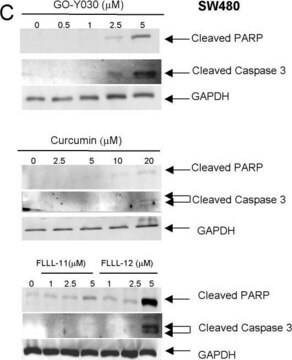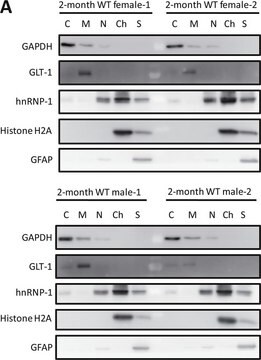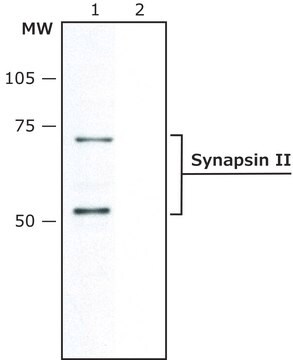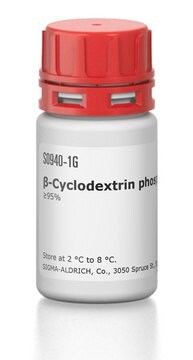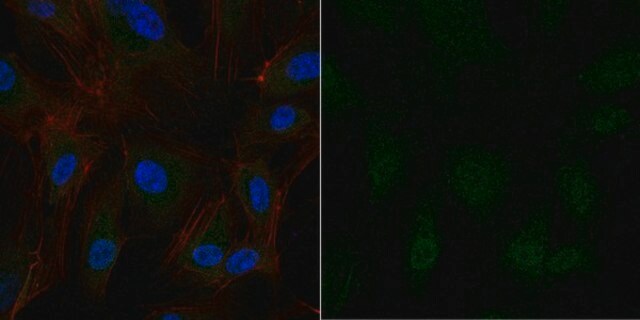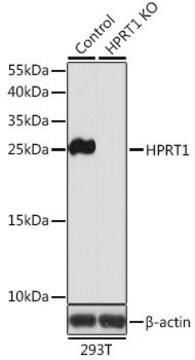おすすめの製品
由来生物
rabbit
結合体
unconjugated
抗体製品の状態
affinity isolated antibody
抗体製品タイプ
primary antibodies
クローン
polyclonal
形状
buffered aqueous solution
分子量
antigen ~74 kDa (synapsin IIa)
化学種の反応性
human, mouse, rat
包装
antibody small pack of 25 μL
強化検証
recombinant expression
Learn more about Antibody Enhanced Validation
濃度
~1.5 mg/mL
テクニック
western blot: 0.25-0/5 μg/mL using extracts of HEK-293T cells expressing human synapsin II, mouse brain extract (S1 fraction), and rat PC12 cell lysate
UniProtアクセッション番号
輸送温度
dry ice
保管温度
−20°C
ターゲットの翻訳後修飾
unmodified
遺伝子情報
human ... SYN2(6854)
mouse ... Syn2(20965)
rat ... Syn2(29179)
詳細
特異性
免疫原
アプリケーション
生物化学的/生理学的作用
物理的形状
保管および安定性
免責事項
適切な製品が見つかりませんか。
製品選択ツール.をお試しください
保管分類コード
10 - Combustible liquids
WGK
WGK 3
引火点(°F)
Not applicable
引火点(℃)
Not applicable
個人用保護具 (PPE)
Eyeshields, Gloves, multi-purpose combination respirator cartridge (US)
適用法令
試験研究用途を考慮した関連法令を主に挙げております。化学物質以外については、一部の情報のみ提供しています。 製品を安全かつ合法的に使用することは、使用者の義務です。最新情報により修正される場合があります。WEBの反映には時間を要することがあるため、適宜SDSをご参照ください。
Jan Code
S2947-200UL:
IXO14187:
S2947-VAR:
S2947-25UL:
S2947-BULK:
試験成績書(COA)
製品のロット番号・バッチ番号を入力して、試験成績書(COA) を検索できます。ロット番号・バッチ番号は、製品ラベルに「Lot」または「Batch」に続いて記載されています。
ライフサイエンス、有機合成、材料科学、クロマトグラフィー、分析など、あらゆる分野の研究に経験のあるメンバーがおります。.
製品に関するお問い合わせはこちら(テクニカルサービス)

